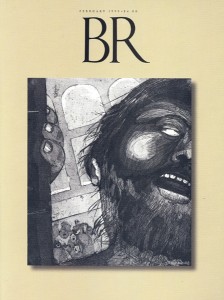I thought I had a brilliant insight, but it turned out that it was nothing new. Still, it may be worth sharing.
I was attending a lecture by Peter Machinist, the Hancock Professor of Hebrew and Other Oriental Languages at Harvard, when the idea occurred to me. Peter was giving a paper on “Kingship and Divinity in Imperial Assyria” at a scholarly colloquium at the University of Pennsylvania’s Center for Judaic Studies, to which I had been graciously invited. A handout contained 13 cuneiform inscriptions that reflected the nature of the king’s relationship to the divine.
In several of the examples, the ruler was described as divine and as the son of divine parents. Here is Ashurbanipal proclaiming his divinity: “I Ashurbanipal…Great seed of Baltil, [bo]rn at Nineveh, formed in the [Emashmash]…I knew neither human father nor mother.”
Here is a divine being describing the earthly ruler Esarhaddon:
“I am your mother and father. I raised you between my wings; I will see your success. Have no fear, Esarhaddon! I will place you between my arm and my forearm.”
Another text proclaims the ruler is of “the flesh of the gods,” having come from “the womb of the gods…Enlil raised him like a natural father, after his firstborn son.”
In a number of cases, the Mesopotamian ruler is described as being in the “image” of the god. I looked at the Akkadian, helpfully transcribed from the cuneiform: The word for image was
Already a library member? Log in here.
Institution user? Log in with your IP address.

